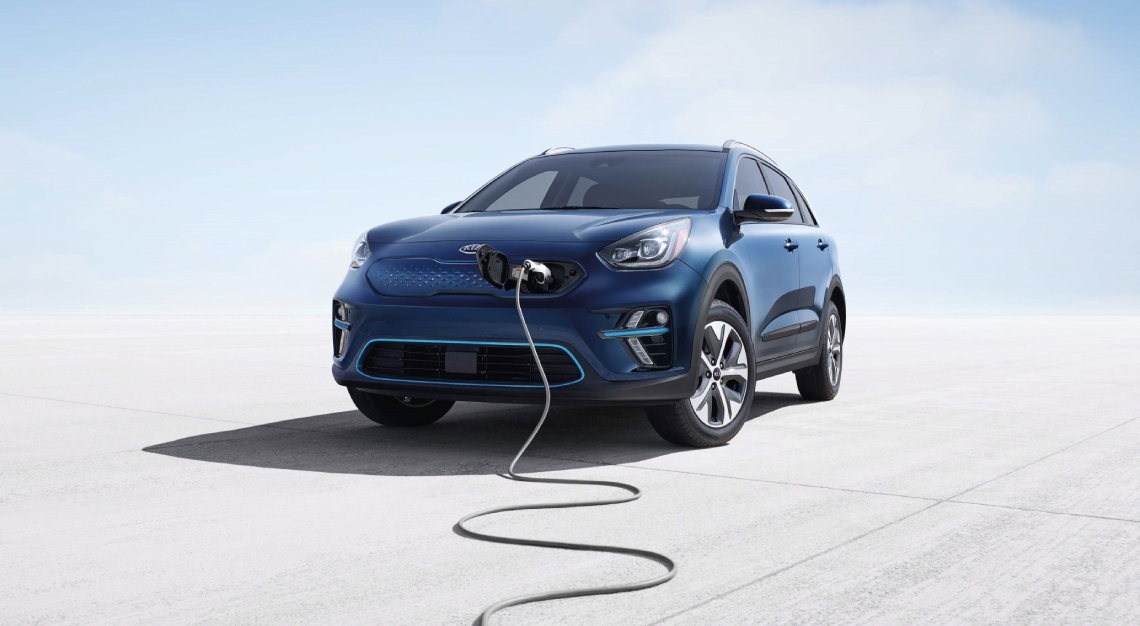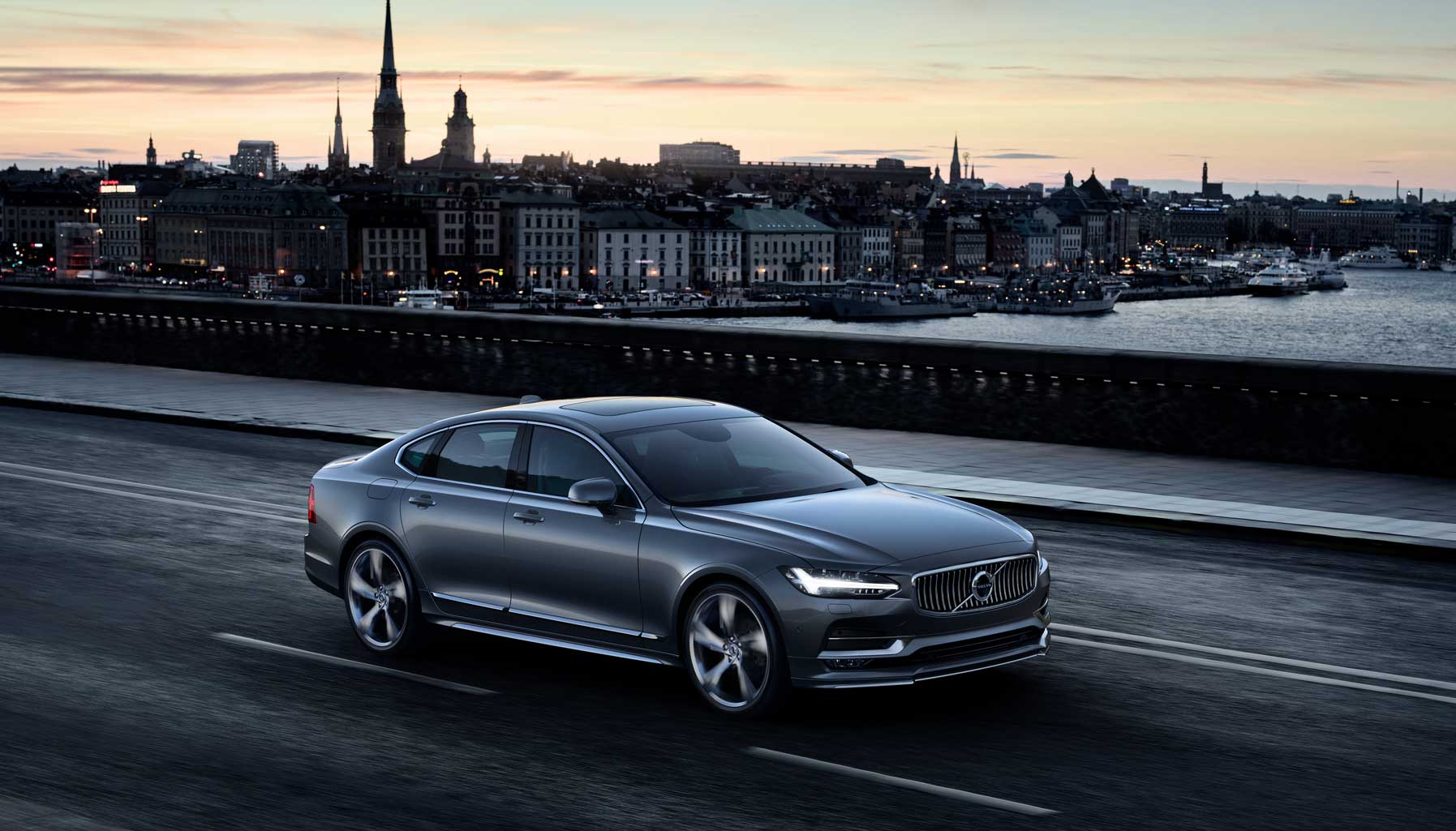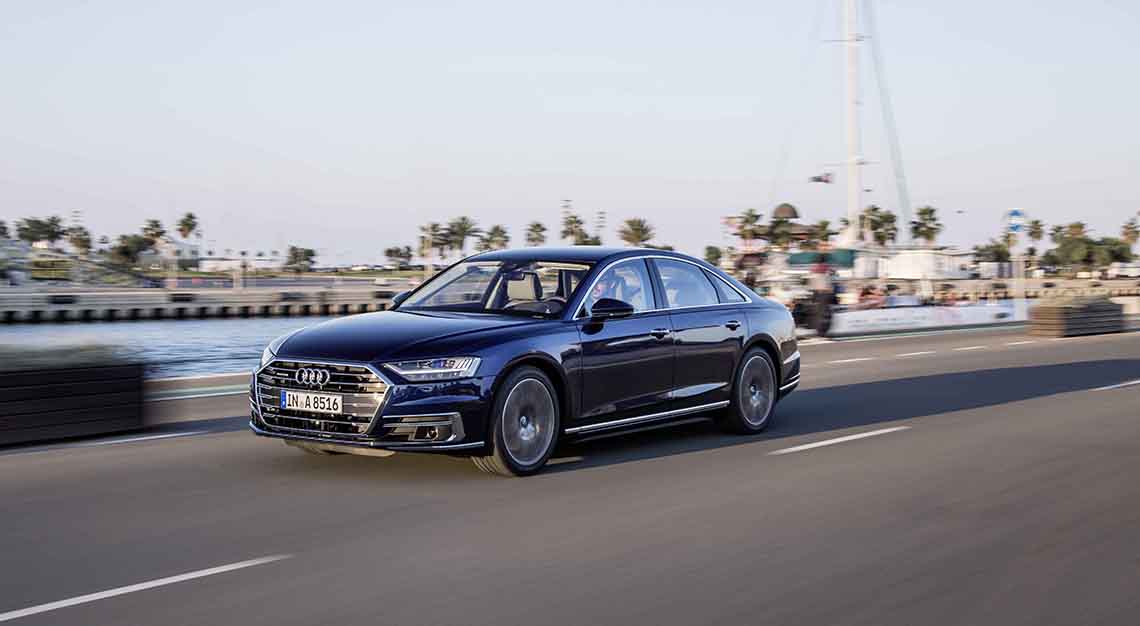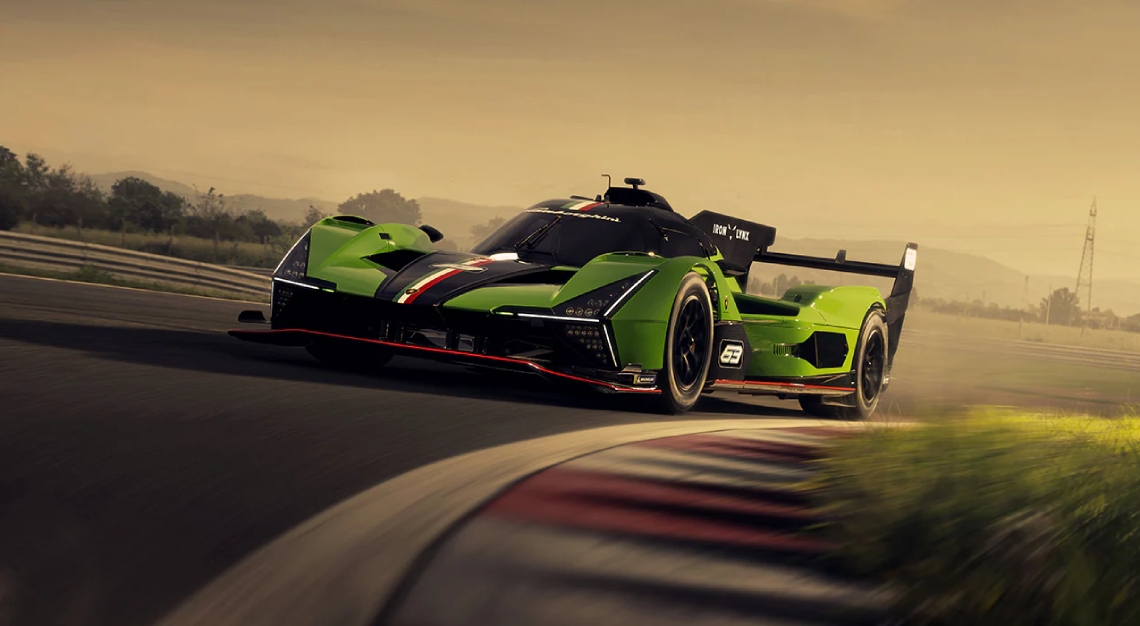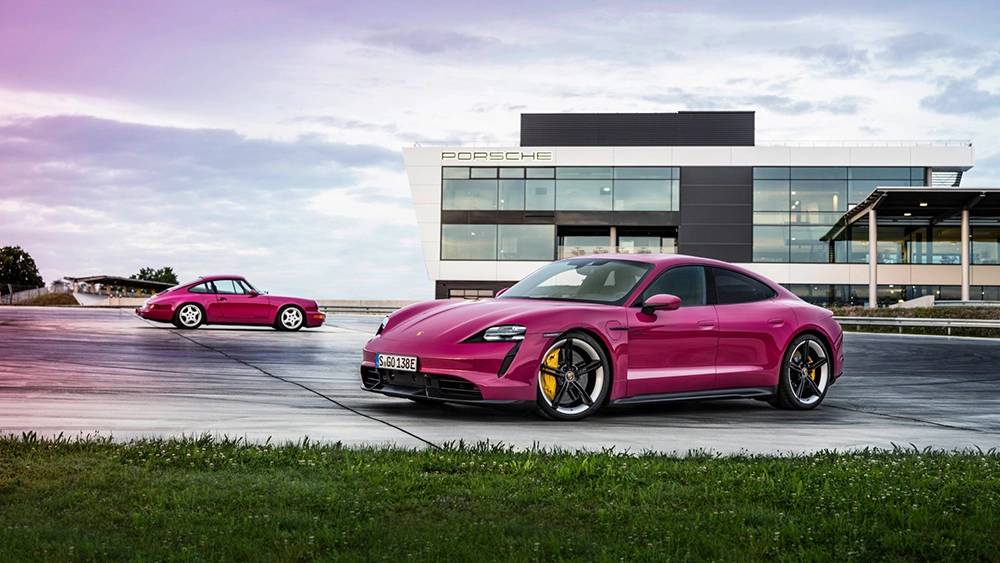Electric cars are going to be big in 2020, though if regulations stay the way they are, perhaps not in Singapore
If carmakers have their way, 2020 will surely be the year of the electric car. In particular, the premium electric car. The throne that Tesla has occupied virtually unchallenged is about to receive a few pretenders in the year to come.
Audi is to launch its long-awaited e-tron SUV this month at the Singapore Motor Show and recently announced its sibling, the e-tron Sportback coupe-SUV. Later in the year, it’s all but a certainty Audi will release the e-tron GT sports saloon, and looking slightly further ahead, an R8-based e-tron sports car is not too unlikely a prospect.
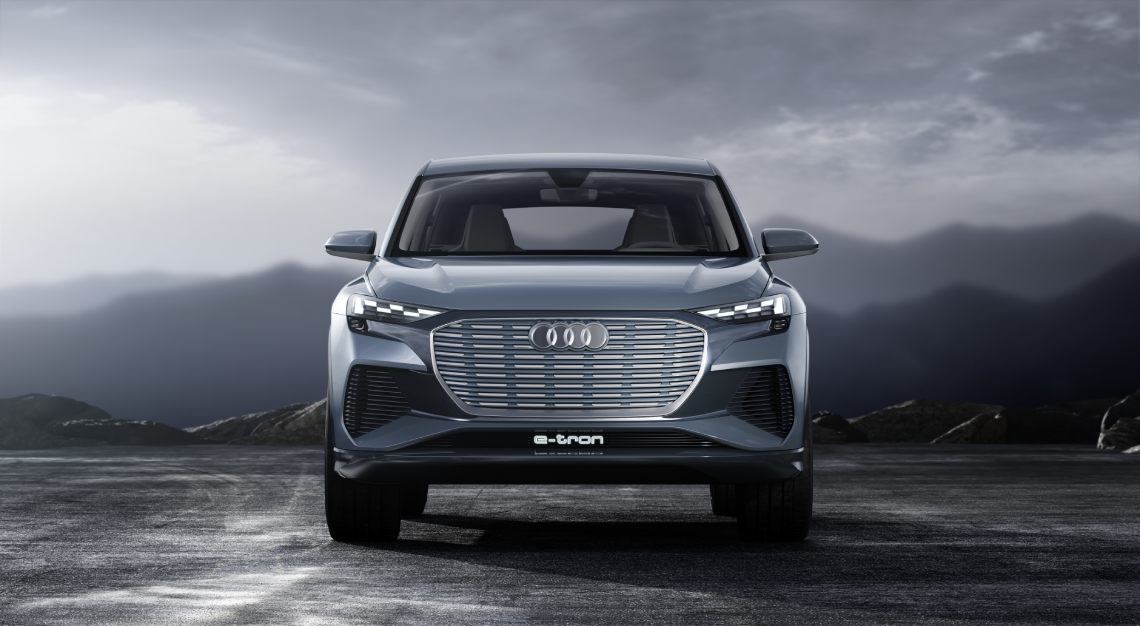
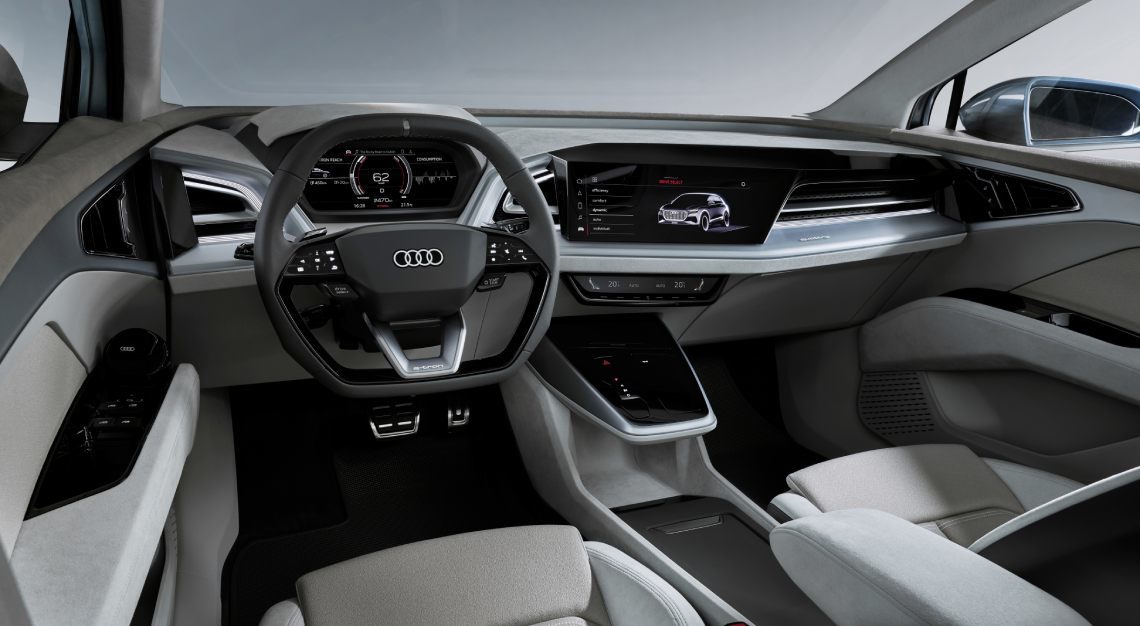
BMW will not be outdone. There’s an all-electric version of its super-popular X3 SUV, the iX3, arriving this year, and also its smaller, funkier cousin, the Mini Cooper SE. And that’s to say nothing of the iNE XT (a mid-sized SUV, we think) and the i4 sports saloon arriving in 2021.
Mercedes-Benz already has the EQC and there’s plenty more where that came from, with newly-installed boss Ola Kallenius promising “electromobility will become the core business of Mercedes-Benz” during his keynote at the Frankfurt Motor Show. There, Mercedes-Benz exhibited the Vision EQS concept car that previews an all-electric S-Class, which is about as sure a sign as it gets that the carmaker is serious about this electric thing.
Then we come to Porsche, which will present the most serious challenge to Tesla’s crown yet with the Taycan. Tesla is so worried about the lunatic Taycan Turbo S stealing its lightning, it’s developing an equally loony Model S Plaid (long story, it’s a Spaceballs reference) to counter it. The performance electric car arms race is well and truly on, then.
Also, you have carmakers who aren’t German. Jaguar has had the I-Pace for a little over a year now and Lexus is starting small (metaphorically speaking) with the UX 300e. I’ve driven the former and found it to be deeply impressive from a dynamics, refinement and engineering standpoint. The only thing that’s a bit trickier to get over is sawn-off, vertical rump, but that’s a matter of taste.
I’ve not laid hands on the Lexus yet, but given the Japanese carmaker’s current run of form and how much I liked the ‘regular’ UX, I’m going to bet the UX 300e is going to be good.
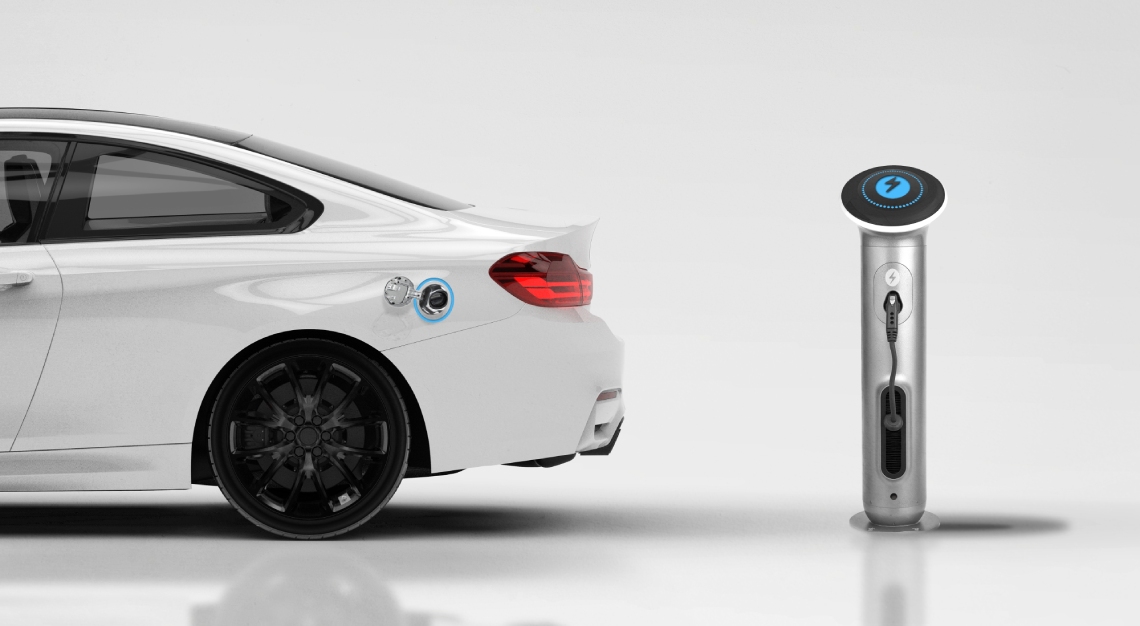
But, you might be wondering, where is everyone going to charge the things once they get it? Well, in Singapore, it’d be at one of the 1,000 or so public charging stations islandwide (a quarter of those will be DC quick-charging stations) that SP Group is planning to set up by the end of next year. And this isn’t including the 200 that SP Group has already built, joining the existing ones operated by Red Dot Power and electromobility charging pioneer Greenlots.
But, you might also be wondering, how long will it take to charge my car? It’s not reasonable for someone to spend hours waiting around while their car charges. And the answer to that is in the high-powered quick-charging stations that can fully juice up your electric ride or at least get you to where you need to go, in half an hour.
All is well in the electric world, then. We’ve now got the cars and finally, the infrastructure to charge them is widely available and using them is practical, removing one of the biggest hurdles facing widespread electric vehicle adoption.
So, why aren’t we seeing more electric cars zipping around? Why is it that most of the electric cars we see in Singapore are in the hands of taxi companies or car-sharing services such as BlueSG?
Some will no doubt point to how you can’t just run up to a petrol station to do a splash-and-dash when you’re running low, and this is true. There’s no denying that going electric will require you to change your driving habits, and the best analogy I have for this is the way you would use your smartphone.
You top up its batteries when you can, either when you’re at your desk at work or overnight. There are few people out there who would run their phones flat.
However, the biggest hurdle facing widespread adoption of electric cars is how much they will cost. Not to buy, because any car in Singapore is priced exorbitantly, but how much they will cost to tax.
While road tax for internal combustion cars is pegged to every cubic centimetre of displacement; for an electric car, it’s based on kW power output.
This means something as comparatively humble as Kia Niro EV with its 150kW (204hp) output will see you saddled with a S$2,246 annual road tax bill, equivalent to what the owner of a three-litre petrol car would pay.
The numbers only get more crazy from there. The 295kW (400hp) Jaguar I-Pace attracts an annual road tax premium of S$5,802, which is around what owners of a Lamborghini Huracan with its 5.2-litre V10 engine would pay.
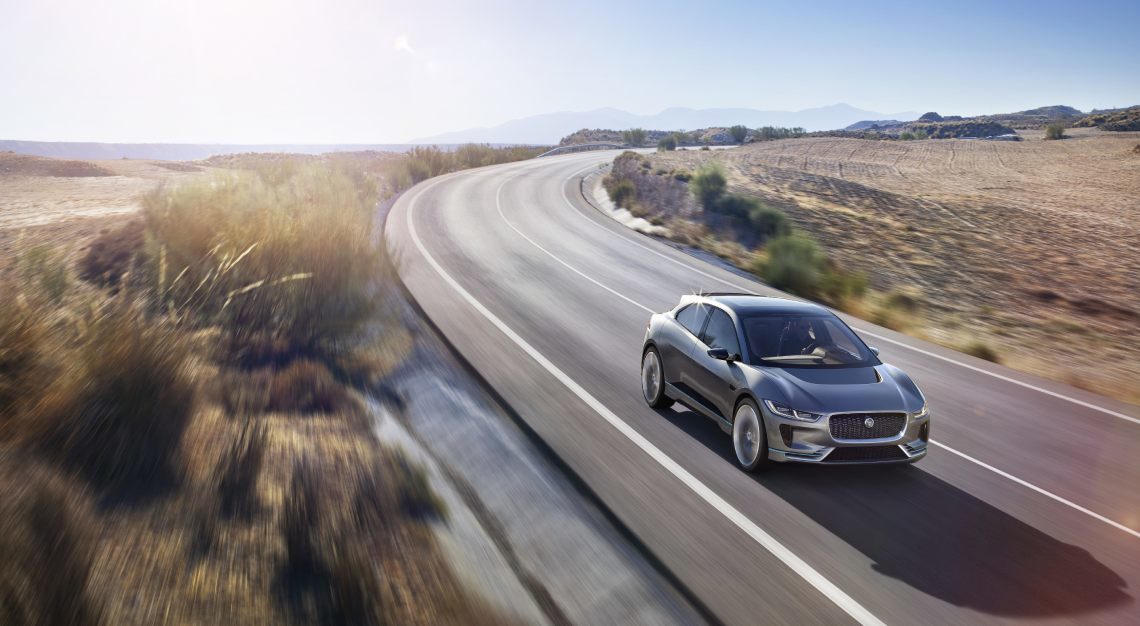
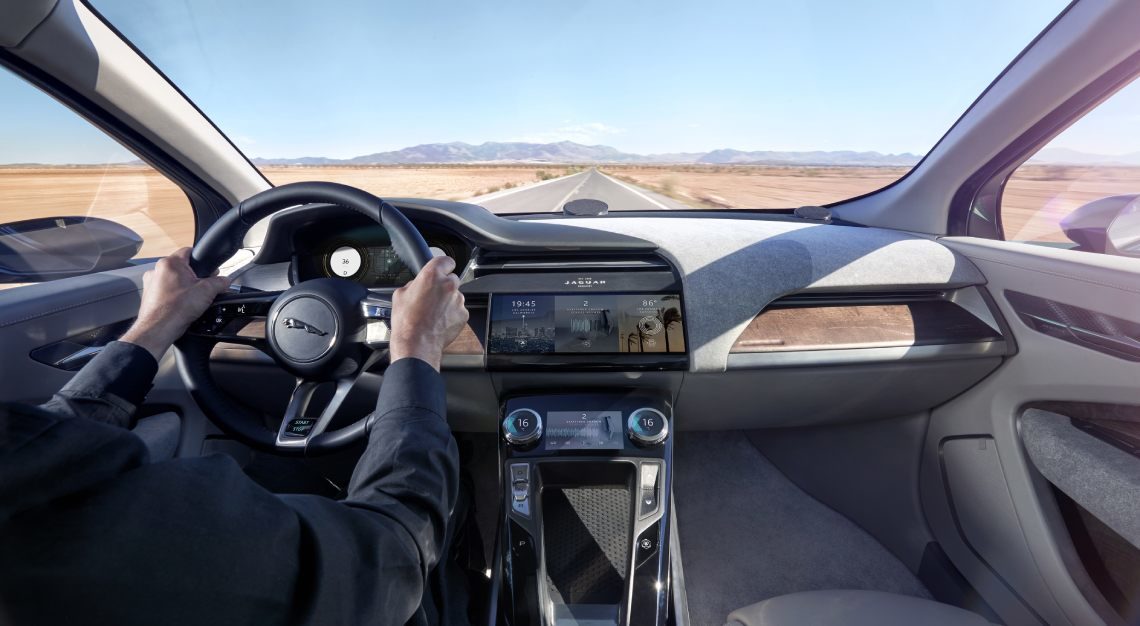
As for something at the absolute top of the (power) heap such as the Porsche Taycan Turbo S with its 560kW (761hp) output? Well, you can expect to hand over S$12,458 for the privilege.
This almost makes the S$8,252 road tax bill paid by Rolls-Royce Cullinan owners look like an absolute bargain. And that car has a 6.75-litre V12, the largest displacement internal combustion passenger car sold in Singapore today.
If all that sounds like it’s punitive, it’s because it is. Everything car-related in Singapore is punitive to some degree. And electric car owners shouldn’t feel too put out because the high road tax premiums are offset by the far lower energy costs-per-kilometre of electric car ownership.
This is a similar situation to what owners of diesel cars are facing, what with the so-called ‘special tax’ putting them on a level playing field (sort of) with comparable petrol cars.
The point the local authorities are trying to make is this: no cars are special because while they are greener, they still take up space on the road. That’s something that has concerned the authorities since day one and the reason why Singapore even has the COE system in the first place.
So, forget about the tax breaks incentivising electric car ownership that some other countries get because it’s more than likely you’ll never see them applied here.
And this might just be the biggest thing stopping widespread adoption of electric cars in Singapore. While Tesla’s Elon Musk and a whole host of other carmakers are touting electric as the better choice, it’s clear that the Singapore government isn’t buying it. And with that, consumers probably won’t either, outside of the most committed electric enthusiasts.
Take the example of Hong Kong, which scrapped a tax waiver for electric vehicles in April 2017. From selling just shy of 3,000 cars in March that year as people rushed to buy Teslas before the tax break was rescinded, sales crashed the next month and the carmaker has barely shifted 200 units since April 2017.
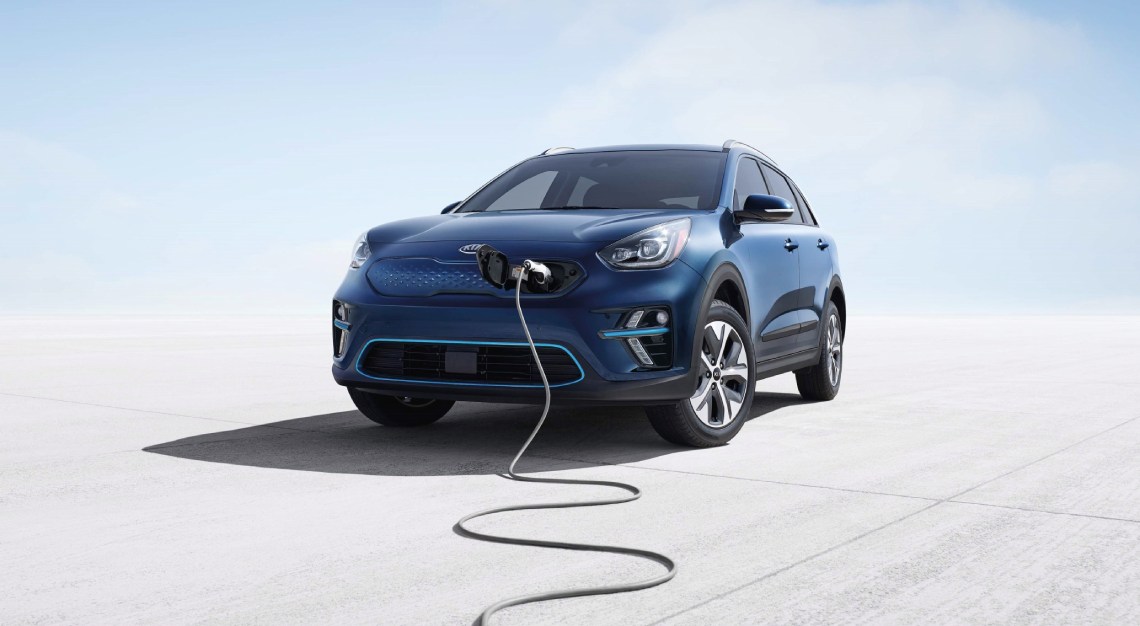
Ultimately, it’s a dollars and cents issue, and that’s not counting how an electric car, for the moment, is more expensive to buy than a conventionally powered one. The Kia Niro EV costs just shy of S$200,000, which is money you could well put into an entry-level Mercedes-Benz C-Class.
As for the Jaguar I-Pace, prices start at around S$350,000 and I don’t need to tell you that there are a lot of other cars you could get for the same price.
Which is a pity because I’ve driven those two cars and they’re extremely good. I’ve not laid hands on the Porsche Taycan yet, but by all accounts, that should be amazing as well.
In all fairness, it’s still a little too early to say whether or not electric cars will take off in Singapore. Perhaps, at some point in the future, combustion cars will be taxed so heavily as to make electric ones viable, and by that point hopefully a public charging station will be as ubiquitous as a regular filling station.
At any rate, while electric cars are set to take the spotlight globally next year, it looks like an electric dawn is still some ways off in Singapore.
